Expansion joints are often required to allow for various types of building movement.
These joints cut completely through the building to allow the segmented pieces to move independently from each other. The joint goes through all portions of the building, including the exterior walls and roof. It is important to use an expansion joint cover to bridge the joint to keep things like water and debris out while allowing the building to move as designed. The exterior building expansion joint can be subject to major issues if it’s improperly installed or neglected in the planning phase.
Proper planning begins with understanding how both the joint and the cover should function. Smaller joints may be closed off with backer rod and sealant or pre-cured silicone sheet, but for the most part, joints one inch wide and larger require factory-manufactured covers.
Wall Joint Systems
Selection of exterior wall covers can include compression seals, pre-compressed foams, rubber and rail systems and metal covers with moisture barriers.
Compression Seals
Compression Seals are commonly used in parking garages as a traffic seal, but they can also be used vertically. This rubber seal is sized slightly larger than the joint and held in place by compression. Epoxy is often used to help keep them in place. Because many manufacturers only offer them in black, they may not blend in with the building design
Pre-compressed Foams
Pre-compressed foams are another popular choice for joints of one to four inches and occasionally larger. The foam used for the system is impregnated with hydrophobic materials and has a silicone face applied at the factory, which makes it a one-piece installation process. The silicone face allows for a wide variety of color options to potentially match other building finishes. The installed product will be the width of the joint, keeping the exposed surface to a minimum.

It should be noted that there are foam seals available that are not pre-compressed or impregnated. These lower-performance products are less expensive, but only offer half of the movement capabilities of the pre-compressed seal.
Both pre-compressed and uncompressed foam systems work very well in most building finishes as they require no mechanical fasteners and expand to the substrate. This makes them an especially good option when substrates, such as masonry or brick, are not completely smooth.
Rubber and Rail Systems
Rubber and rail systems utilize a primary seal and a secondary seal that fit into extruded aluminum rails, with the rails being mechanically fastened to either side of the joint. The primary seal is ribbed in a manner to allow it to expand and contract, and usually made of a material like thermoplastic rubber. Because the primary seal is visible, it is usually made in a handful of standard colors or in a custom color to match surrounding building finishes.

This system is most practical for joints of four to 16 inches, and are also popular in areas that require larger joint systems for seismic movement.
Pan-Type Systems
Pan-type systems are another cover version for larger joints, typically wider than eight inches. This system works like a door and is often used where it is highly visible and minimum cover exposure is desired. The pans are designed to accept many building finishes, including metal panels. The pans are attached to the building via frames and have a hinge so that during high levels of movement, the pan can swing free from the building so that the finishes are not damaged. When the cover swings free, the system has a secondary moisture barrier made of reinforced polyethylene to keep water out.

Roofing Joints
It is also important to close off the horizontal roof joint. Manufactured roof expansion joint covers come in two forms.
The first form is a simple bellows. These covers are usually made from EPDM or neoprene and have a layer of foam backing for support. They are attached to a curb or cant using metal flanges that are factory applied on either side of the material. These joint covers need to be installed higher than the roof membrane to avoid water ponding on or near the flanges. Sometimes a secondary drape of reinforced polyethylene is used as a moisture barrier. This system is best used in roof applications where the joint is smaller than six inches wide and does not have directional changes.
Larger joints and those designed for directional changes are better served with a metal cover plate system. The center plate is peaked to discourage water ponding. This cover can accommodate compression, tension and lateral shear movement. This system has a secondary seal made of reinforced polyethylene sheet, which can either be sloped for drainage at the edge of roof or connected to the roof drainage system. Metal covers that exceed 16 inches should be specially designed by a manufacturer so that they can be properly fabricated to withstand forces applied by wind.

Although there are many options for roof and exterior wall expansion joint covers, proper selection comes down to having some basic knowledge of expansion joint covers. You can then begin looking into the specific system that meets the criteria for your application. Understanding expansion joint covers and making an informed decision will ensure water leakage will not be an issue.
Dan Chapman is the senior manager of product marketing at Construction Specialties, Inc. Their Expansion Joint Covers (EJC) division has been helping architects solve complex building movement problems with custom solutions for over 45 years. Dan can be reached at dchapman@c-sgroup.com.
Spring 2017 Back Issue
$4.95
Sealing Cold Joints with Waterstops
Waterstops for Expansion Joints
Basement Backfill and Drainage
The Key to a Successful Roof Coating
AVAILABLE AS DIGITAL DOWNLOAD ONLY
Description
Description
Sealing Cold Joints with Waterstops
By Stacy Byrd
Available in a variety of profiles and materials, waterstops play a major role in preventing water leakage at cold joints.
Waterstops for Expansion Joints
By Dan Chapman
Properly installed waterstops can prevent water from penetrating expansion joints, despite significant movement in the concrete.
Basement Backfill and Drainage
Rigid foam boards and dimple drain sheets are just two of the options available to relieve hydrostatic pressure and prevent damage to the waterproofing membrane during backfill.
The Key to a Successful Roof Coating
By James R. Kirby
New technology makes it possible to extend roof life and reduce energy use without removing the existing membrane, creating dramatic savings.
Additional Info
Additional information
| Magazine Format | Digital Download Magazine, Print Mailed Magazine |
|---|

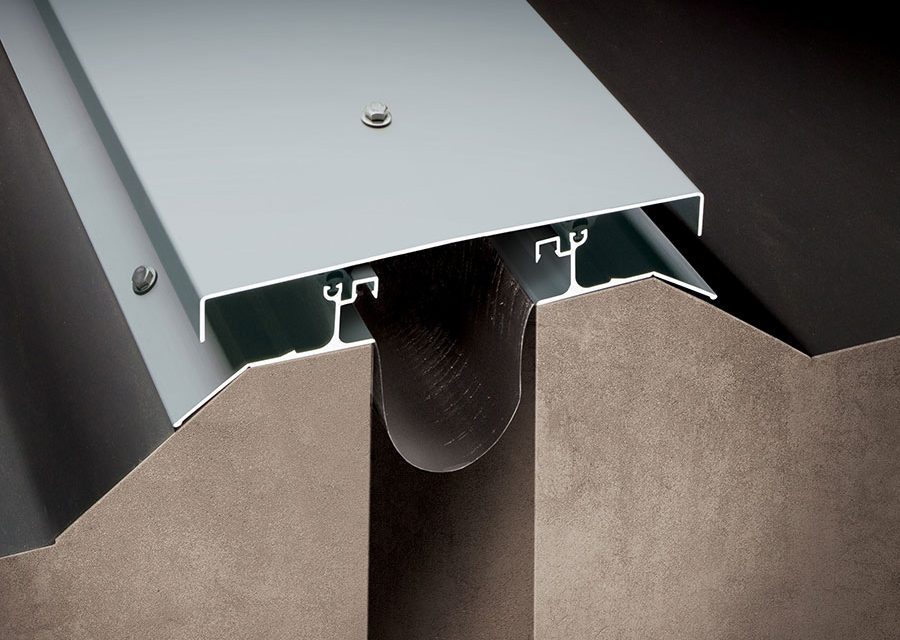
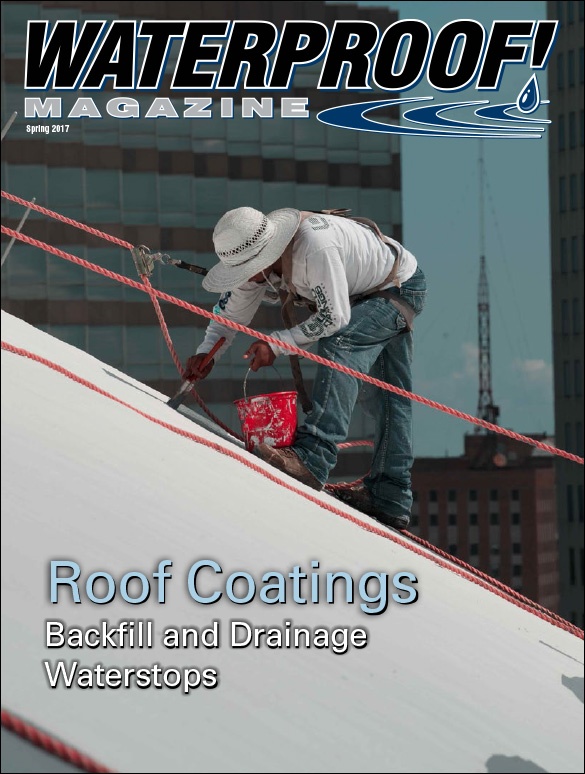
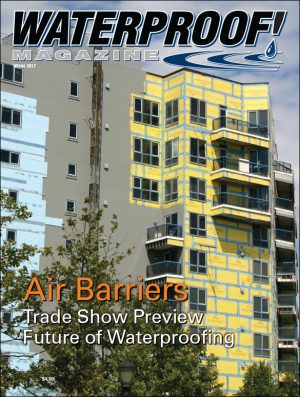

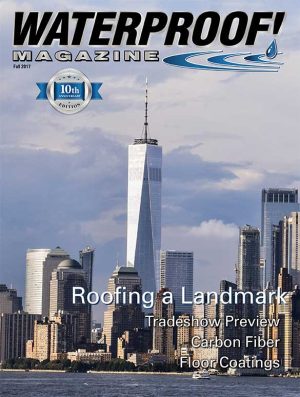

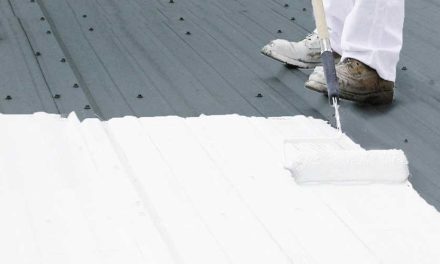
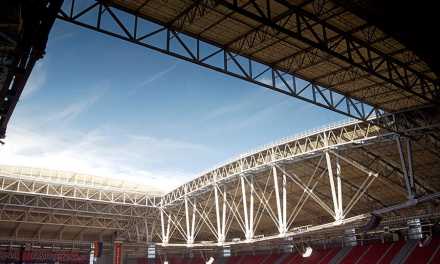
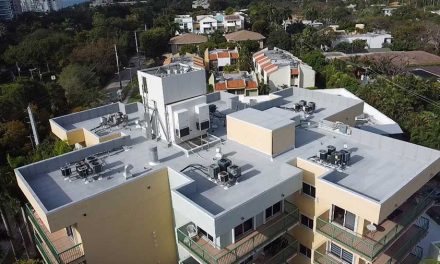
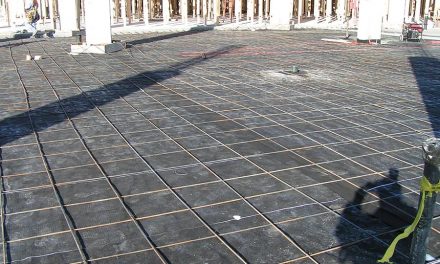









Dear Waterproof magazine ,
Myself Fahim Ali Shaikh from India and would to know how we can do the waterproofing treatment of Driveway Expansion joints. we have done the treatment but it was not 100% successfull , kindly give us some proper solution or Methodology for 100% waterproof treatment of Driveway expansion joints